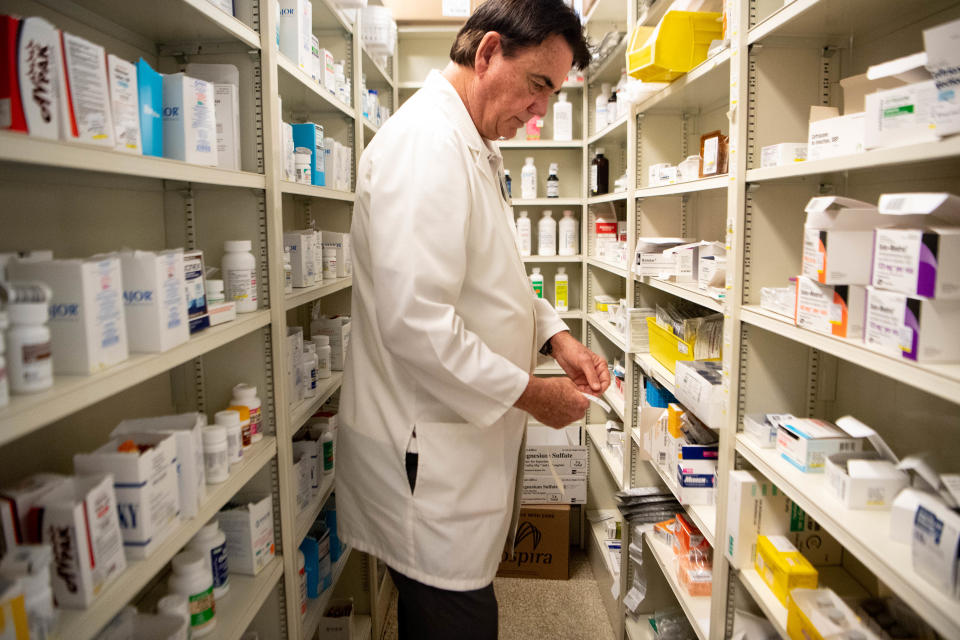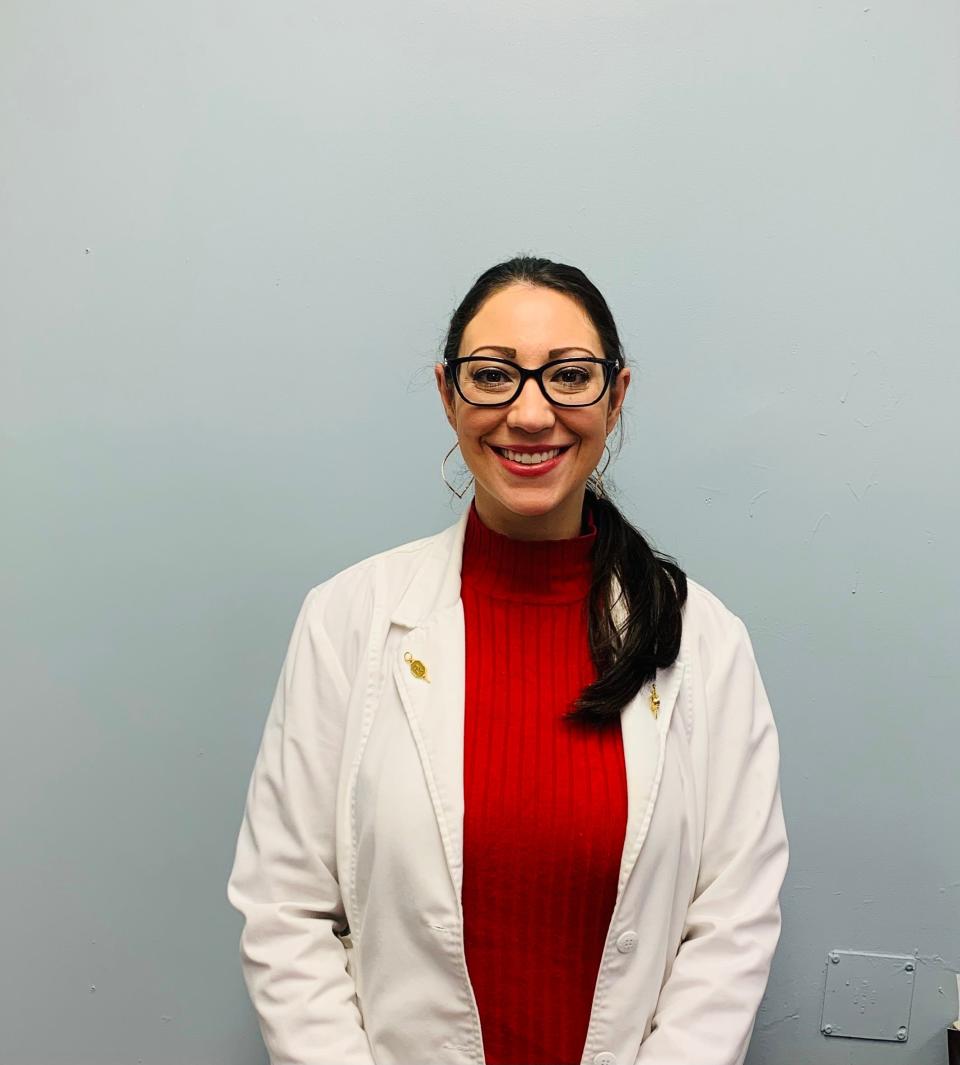Flu and cold season adds stress to pharmacists. Here's how we treat their burnout. | Opinion
- Oops!Something went wrong.Please try again later.
Pharmacists are in the crosshairs. It’s cold and flu season. There’s an amoxicillin shortage. Lines are long, tempers are short, and all this on top of nearly three years of COVID, vaccines, and variants. It’s no wonder the phenomenon of pharmacist burnout is on the rise.
The latest National Pharmacy Workplace Survey from the National Alliance of State Pharmacy Associations (NASPA) found “increasing demands, harassment, and bullying by patients/consumers experienced by pharmacy staff,” and that “the feelings of not being heard or valued are risk factors that can cause stress leading to occupational burnout.”
Becoming a pharmacist requires years of education and rigorous training, as well as licensing and continuing education. I began my career as a pharmacy technician and, because of my empathy and devotion to patient care, I decided to pursue this challenging path. It is not an easy job but I, and I’m sure the vast majority of my colleagues, choose this profession because we want to help people. We want to be able to practice pharmacy in a patient-focused manner.
Sign up for Latino Tennessee Voices newsletter:Read compelling stories for and with the Latino community in Tennessee.
Sign up for Black Tennessee Voices newsletter:Read compelling columns by Black writers from across Tennessee.
How to be patient focused
One program that has really helped me do this came from an unexpected source: a Pharmacy Benefit Manager or PBM. All pharmacists work with PBMs. Simply put, if you have prescription coverage, that’s a PBM. I work with many, but one in particular has made it possible for me to provide better care to my patients and, consequently, feel more professional satisfaction.

Because I was identified as a high-quality care provider who has many patients who take multiple medications, I was asked to join a program called ZipDrug by a PBM called IngenioRx. My pharmacy provides personalized service, custom pill packaging so patients take the right medications at the right time, and delivery. When I became a participating pharmacy, ZipDrug began contacting patients in my area and, if they agreed, connected them with me.
My patients typically take multiple medications several times a day. This is hard for people, especially the sick and elderly, to manage. With my service, their prescriptions are packed for appropriate and timely dosing, usually delivered, and refilled according to physician instructions. Not only is it more convenient for the patients, but—and this is the most important part—they also have better health outcomes.
Approximately half of prescriptions in America are taken incorrectly, with regard to timing, dosage, frequency, or duration. Many of my patients take statins and other drugs for heart disease or various diabetic medications. The consequences of nonadherence to these can be tragic. According to the CDC, “nonadherence is associated with higher rates of hospital admissions, suboptimal health outcomes, increased morbidity and mortality.”
There’s an economic benefit to this program as well, and not just for me. Yes, the ZipDrug program has helped me grow my business and I’m able to support my family through my hard work building an independent small business.
But, even more significantly, it’s estimated that up to $300 billion of avoidable health care costs could be saved every year because of the better health outcomes achieved through medication adherence. This represents up to 10% of total U.S. healthcare costs. Lower healthcare costs mean lower insurance prices for employers and other payers and lower premiums and out of pocket costs for everyone.
Hear more Tennessee Voices:Get the weekly opinion newsletter for insightful and thought provoking columns.
Patients need programs that support
As lawmakers look for ways to reduce healthcare costs, they shouldn’t always seek to regulate or implement mammoth new initiatives. They can look to the private sector for good ideas and innovative programs like ZipDrug that, by making it easier for patients to take their prescriptions, keep them healthier, out of the hospital or the emergency room.

No one wants to see a relative or friend in the hospital, or worse. I have had family members and caregivers call and tell me how much better their loved ones are doing under my care. They’ve said it’s a weight off their shoulders and they’re grateful. When I get those compliments, it’s very gratifying.
These interactions remind me of the reason I became a pharmacist and allow me to put my years of education and experience to good use keeping people healthy. I hope more pharmacists will be able to enjoy a similar satisfaction from a job well done and the positive response from patients and their families, so we can cure—or at least treat—pharmacist burnout.
Sara L. Clark is an independent pharmacist in Nashville, Tennessee.
This article originally appeared on Nashville Tennessean: Opinion: How to treat burnout in America's pharmacists

